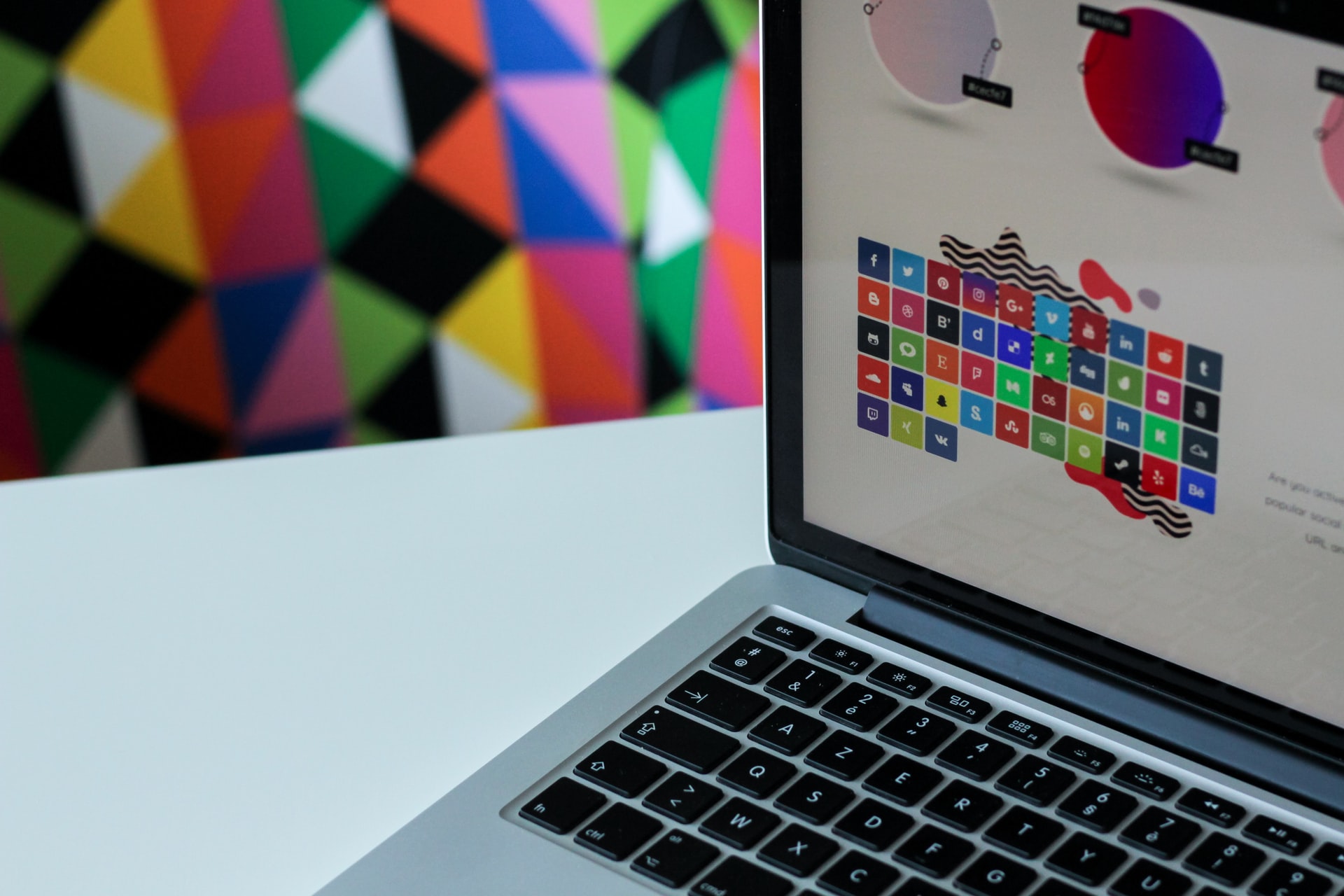Web design is the process of conceiving and implementing a website's content so that it can be shared and accessible by anyone with an internet connection. When designing a website, web design combines both aesthetic and practical features. For example, it decides how a website looks and how people interact.
Having a website is one of the most important aspects of having an internet presence today. Web design is as dynamic as ever due to this, and it is continually evolving for both website owners and visitors alike to meet their ever-changing needs.
Most web design projects involve a team of people with various backgrounds and skillsets, including web design statistics, SEO optimization, and user experience (UX). Web designers often collaborate with experts in these fields to optimize the overall process and outcome.
Design vs development of a website
Since web design and website development are closely related and sometimes used interchangeably, the first step in our web design journey is to clarify the difference. To put it another way, web design deals with aesthetics and user experience. In the next paragraphs, we'll delve into greater depth about web design. Building and maintaining a website's structure is part of website development, which entails complex coding processes to ensure that the website runs effectively. To create a website, web developers typically utilize one of the following programming languages:- For websites, HTML is the coding language used to generate the front-end. When a web page's structure is included, web browsers implement it into the websites we view online.
- Programming design language CSS or Cascading Style Sheets includes all important information about a webpage's appearance. A website or page's layout, typefaces, padding, and more can be designed using CSS and HTML.
- Managing a website's digital material can be done with the help of a Content Management System (CMS). Using Wix, a user-friendly website content management system is an example of a CMS. This makes it feasible for non-technical people to construct and update websites without knowing anything about coding.


